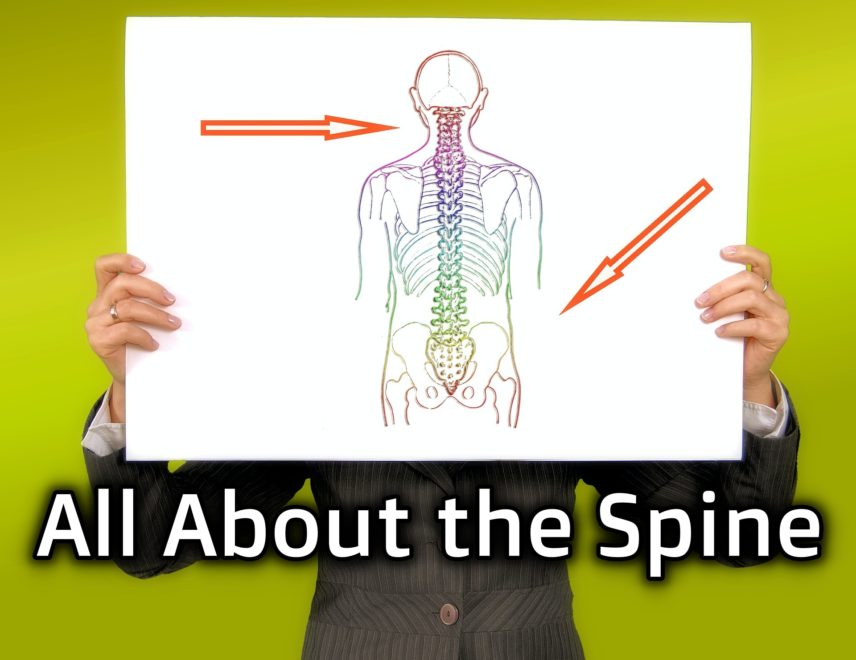Tag: inhalation
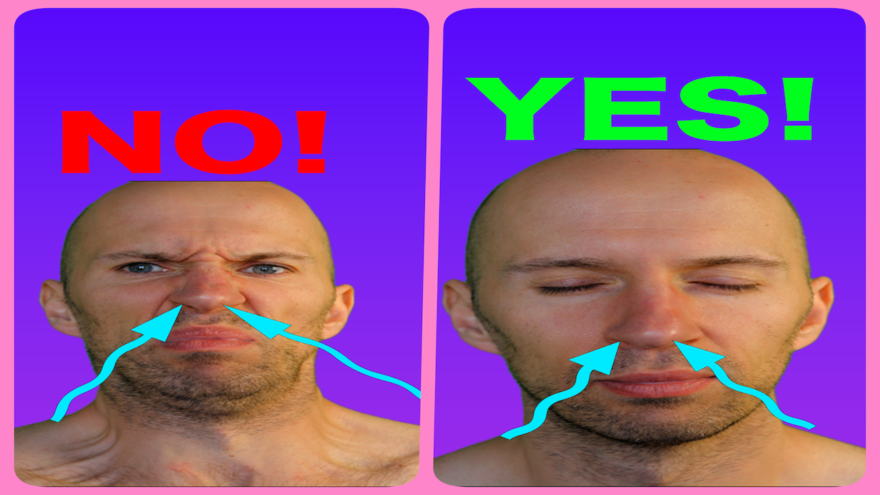
Breathing In – DON’T FORCE IT!
Using breathing to get more mobile? Not with THAT inhale If you are someone who takes MASSIVE inhales to try…
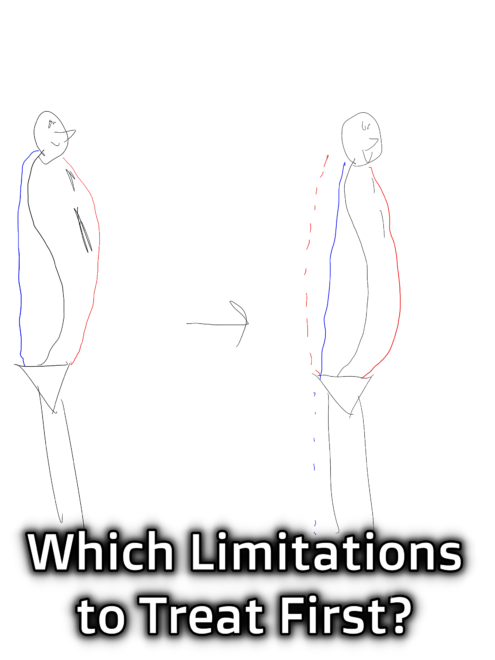
Which Limitations to Treat First?
So you have all these limitations you’ve found. You may inevitably ask yourself: Uhh…where do I start, fam!?!? This post…
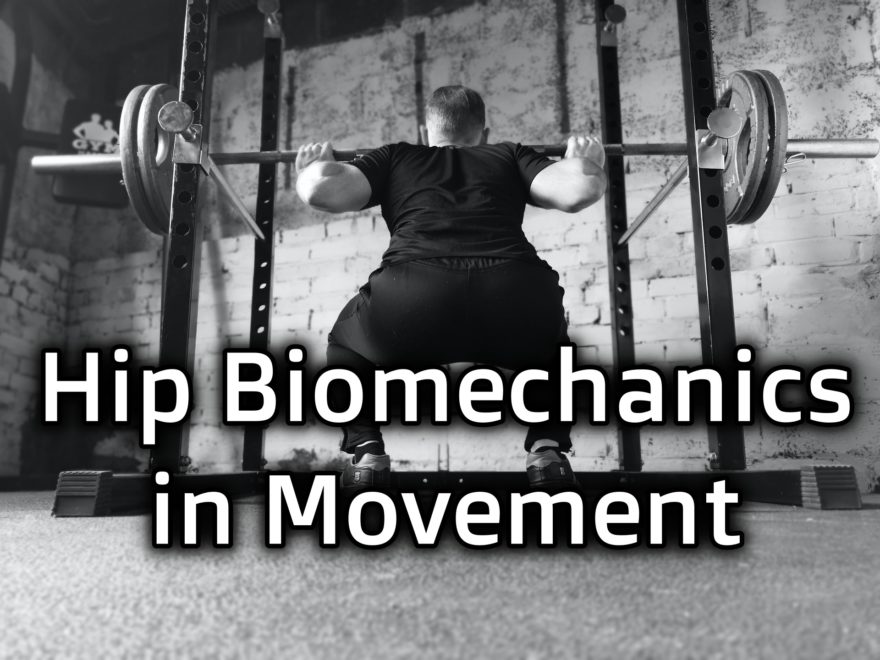
Hip Biomechanics in Movement
If you want clarification on how the hips work when you squat and shift, and navigate through common hip mobility…

Compensatory Movement Patterns
Know different postures you will see inside and out! It seems like there are a bazillion different types of postural…

Troubleshooting Table Tests
Learn what range of motion testing really tells you Movement Debrief Episode 123 is in the books. Below is a…

Programming Accessory Exercises
Learn how to use specific accessory exercise positions to improve your movement and fitness Movement Debrief Episode 122 is in…
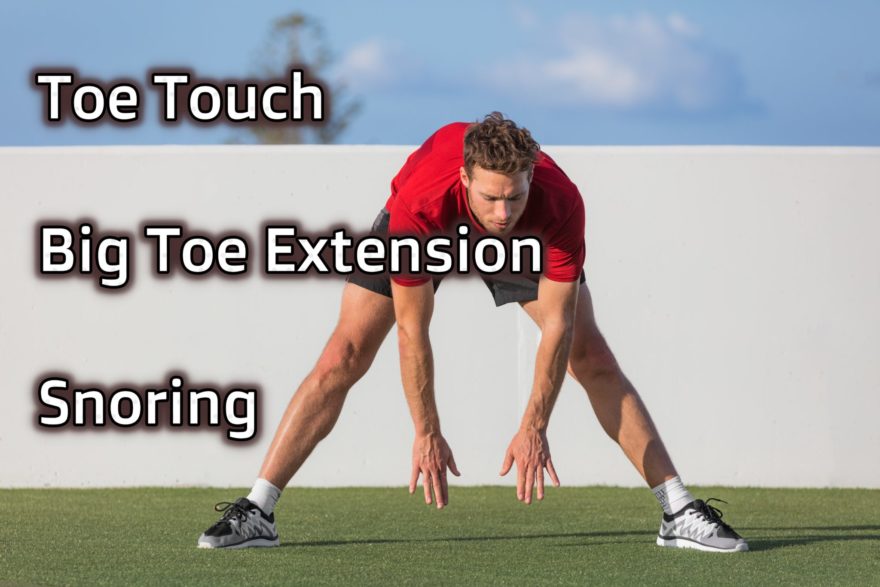
Toe Touch, Big Toe Extension, and Snoring – Movement Debrief Episode 89
Movement Debrief Episode 89 is in the books. Below is a copy of the video for your viewing pleasure, and…

Pecs, Extreme Postures, and Foam Rolling – Movement Debrief Episode 81
Movement Debrief Episode 81 is in the books. Below is a copy of the video for your viewing pleasure, and…

Breathing, Thoracic Spine, and When it’s Safe to Load – Movement Debrief Episode 63
Movement Debrief Episode 63 is in the books. Below is a copy of the video for your viewing pleasure, and…
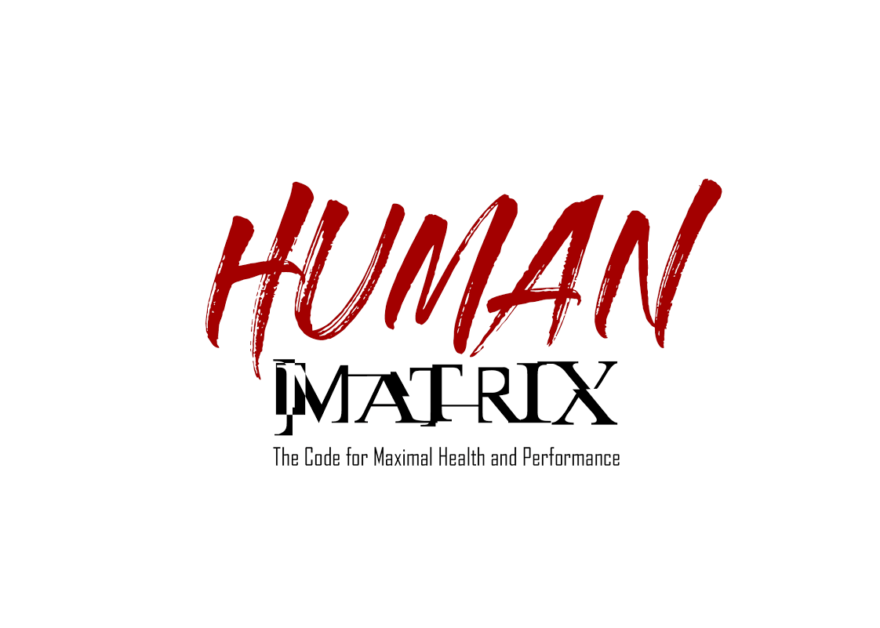
Learn Normal Respiratory Mechanics from the Human Matrix Manual
Do you… Have patients who hurt multiple areas and are unsure where to start? Have training clients who can’t perform…

